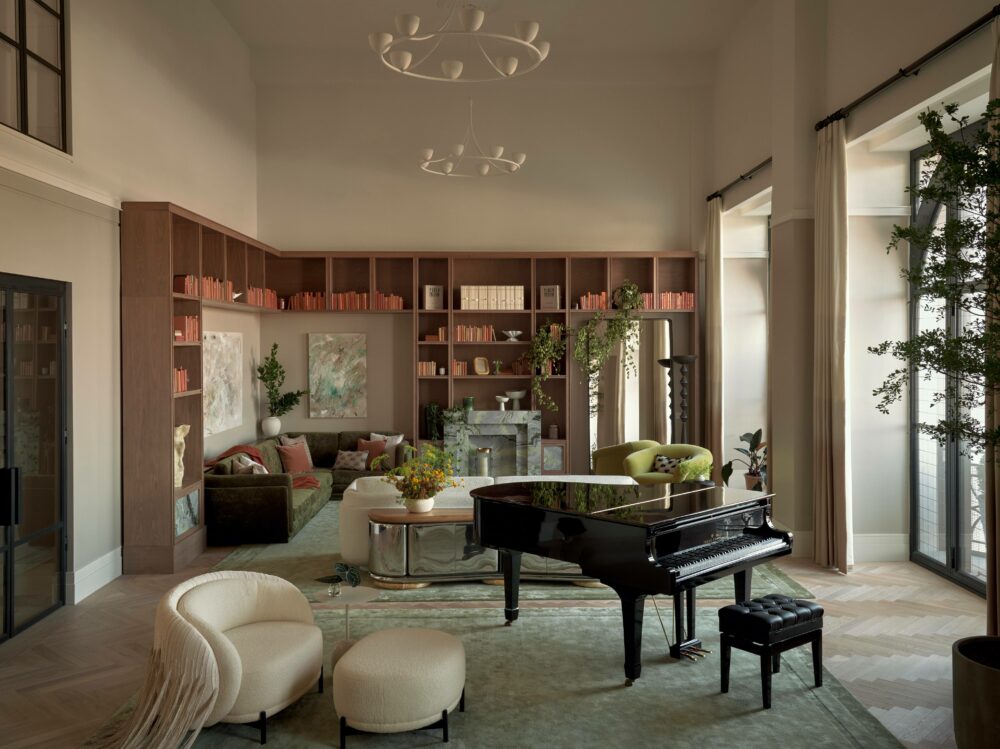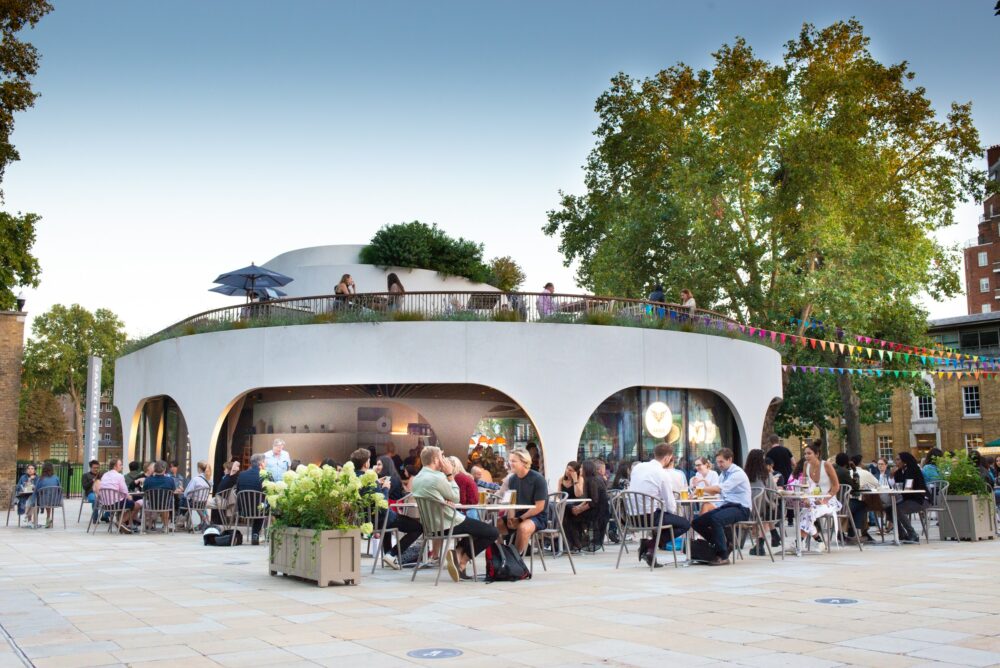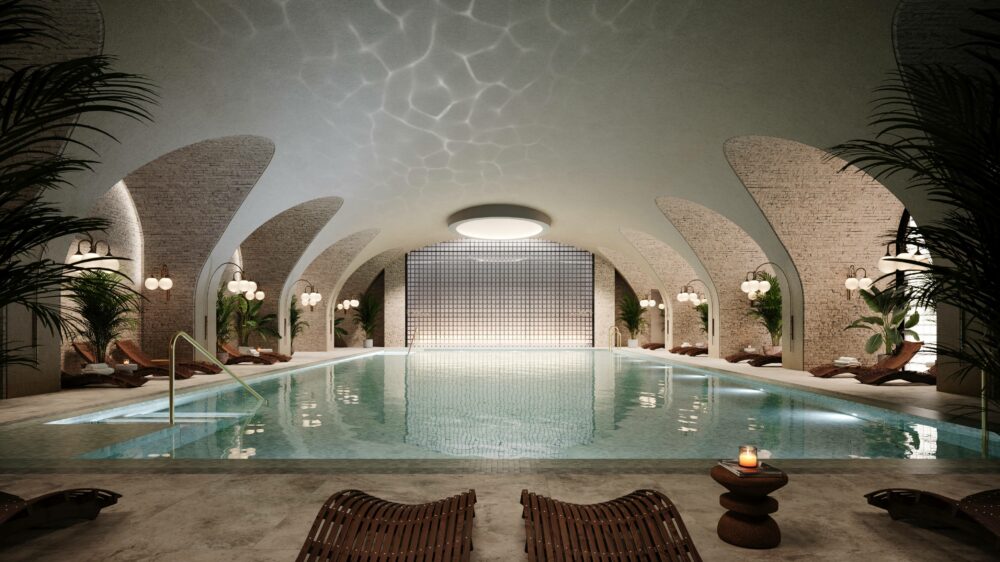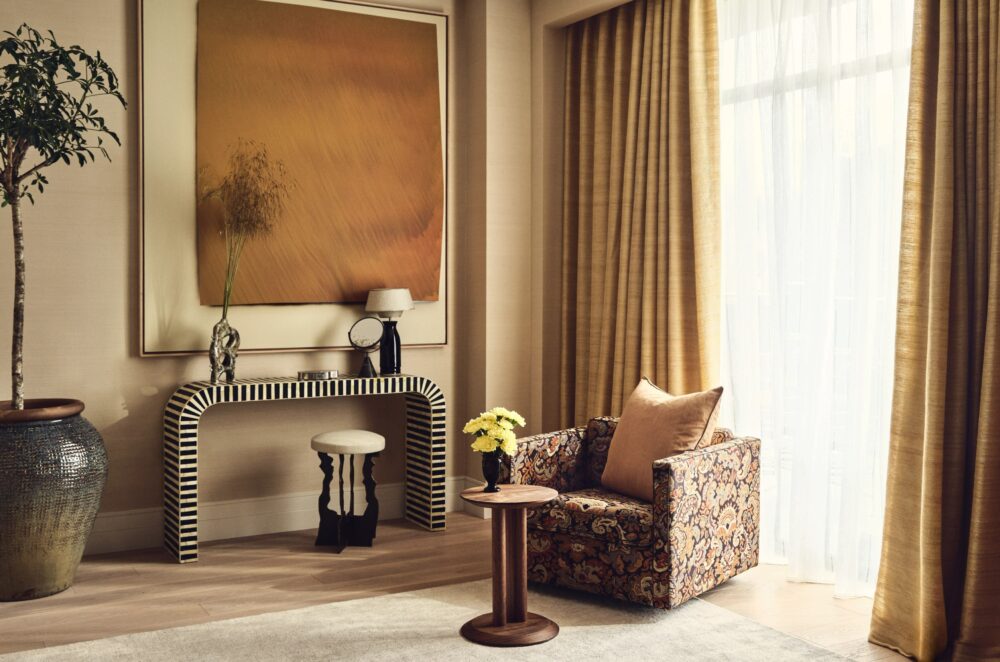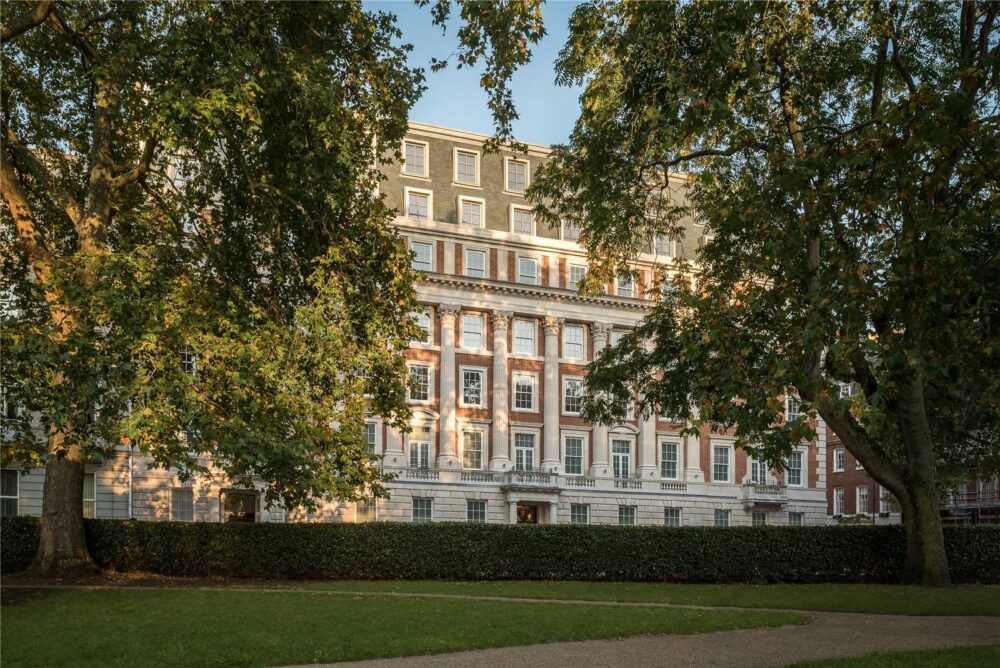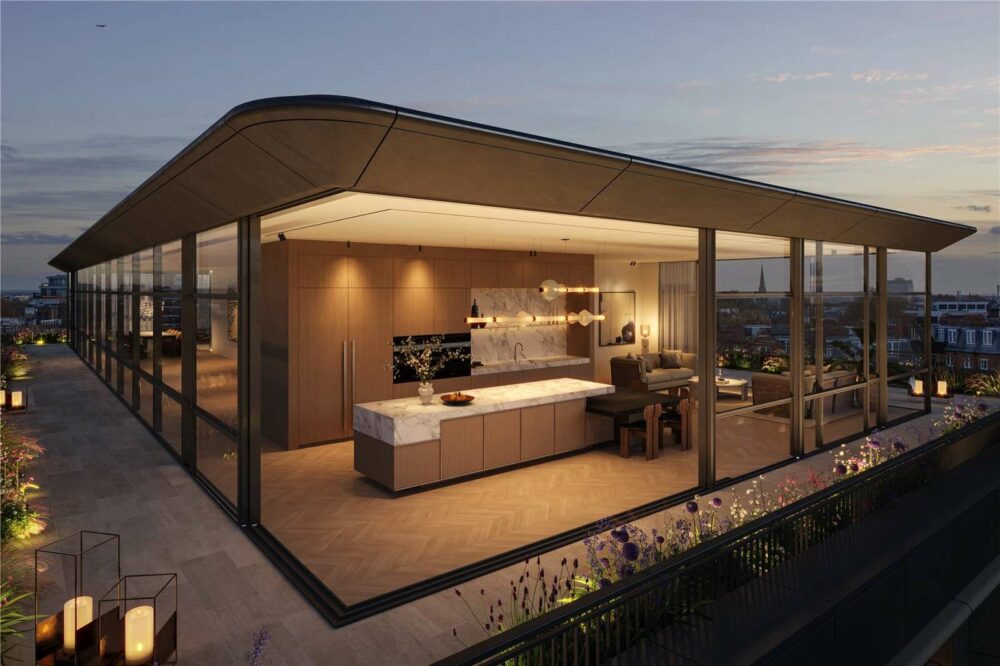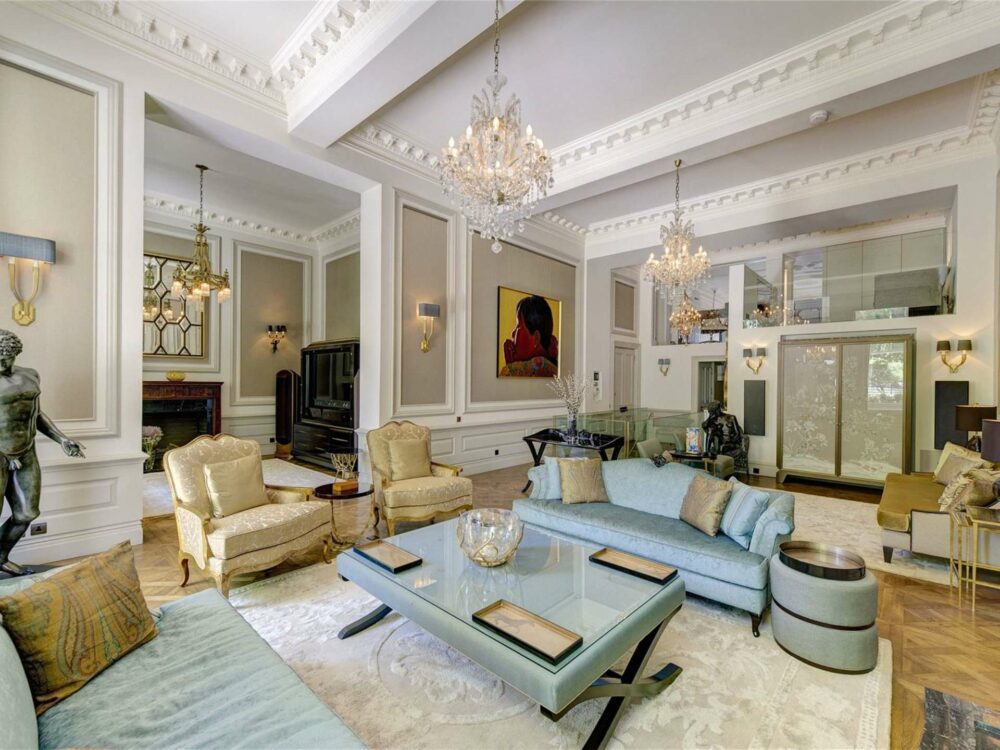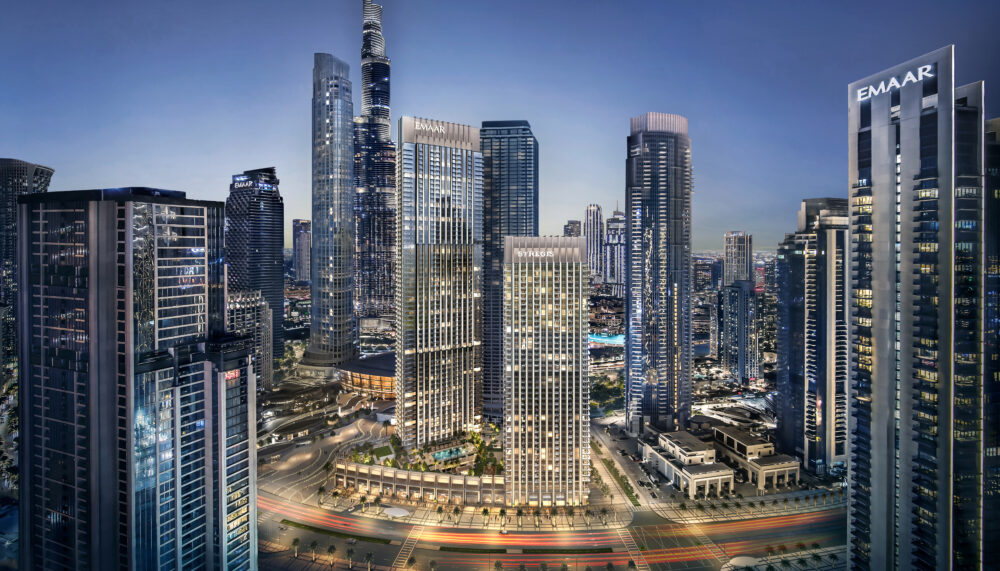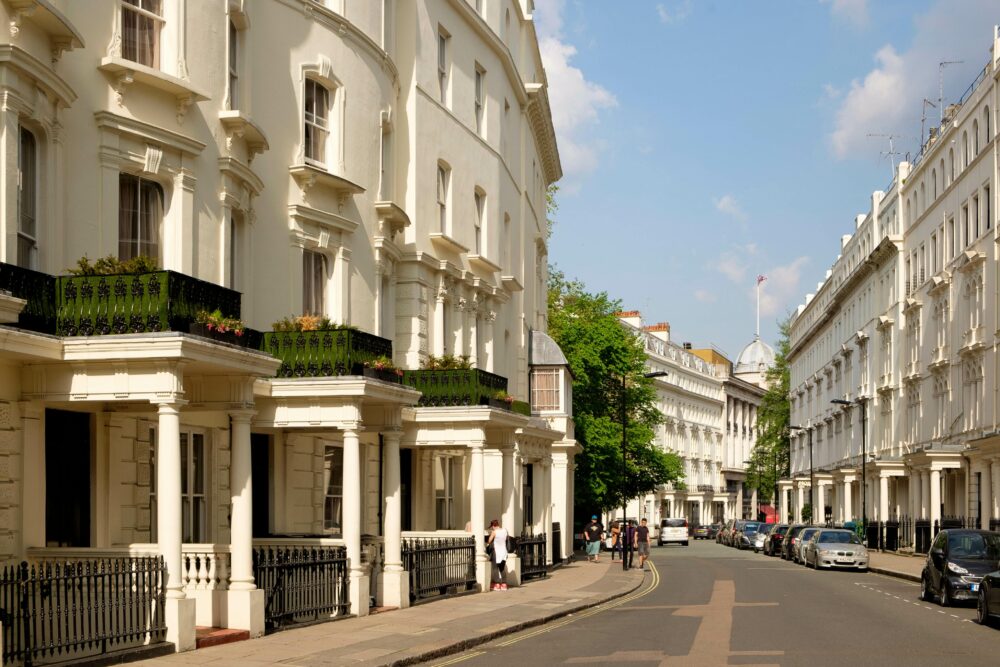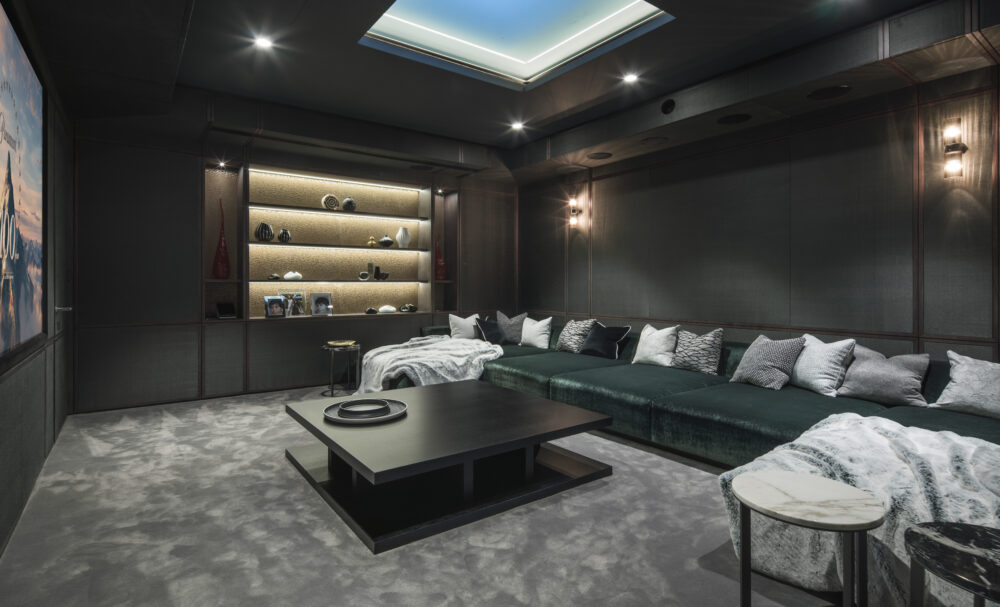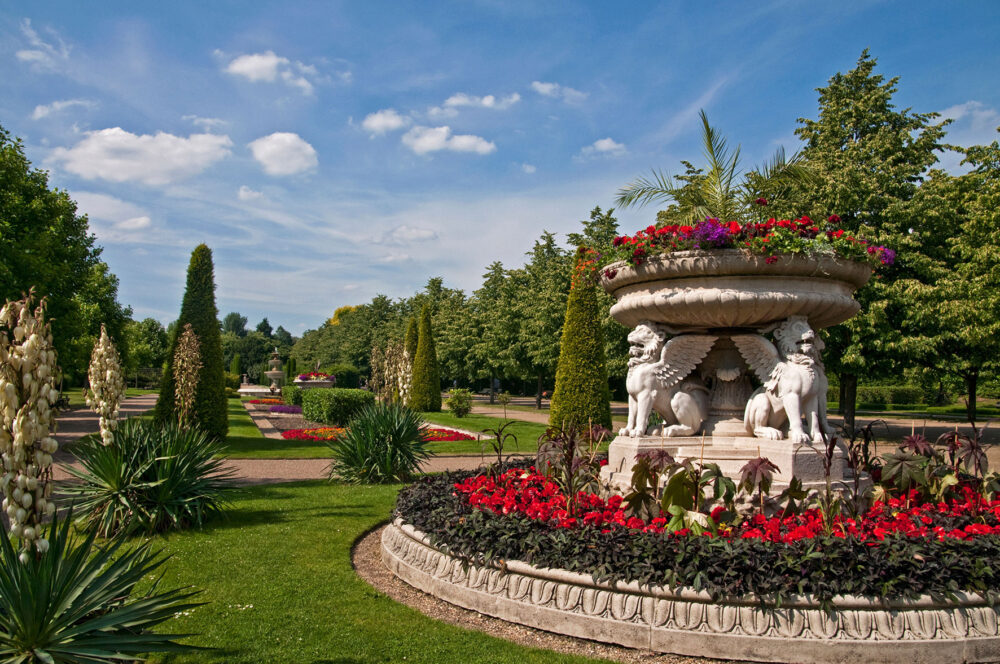An Edwardian department store on London’s Queensway, soon to be a luxury apartment building and hotel; Battersea Power Station, a 20th-century industrial icon reinvented as a new kind of powerhouse; an Art Deco cinema on the King’s Road, Chelsea, repurposed as a work space for independent creatives…
Welcome to urban life as reimagined by the placemakers, whose task it is to create vibrant neighbourhoods, sometimes from unpromising beginnings – and make a location so desirable that it isn’t just somewhere to sleep, but a place to work, shop, eat and play. This process might take several years – ensuring that local authorities and the communities they represent are on board, overcoming logistical challenges and sharing the vision of what the place could represent. But the end goal is to get us all to look at a location with fresh eyes and think: “Yes, this is where I want to be.”
The word “placemaking” first gained currency in the 1960s. But in the UK capital, some of the best modern examples of placemaking projects can be found in the portfolios of the “great estates”, which have owned and managed much of central London for centuries. Today’s scheme to transform Grosvenor Square comes almost 300 years after Sir Richard Grosvenor first laid out the vast garden square bearing his name, establishing Mayfair as the centre of aristocratic London life. Later his descendants would transform what was once farmland into the residential areas of Belgravia and Pimlico.
The Grosvenor Estate is always changing, says Amelia Bright, who is leading its South Molton Street scheme, designed to make the most of its new connectivity, next to the Elizabeth Line’s Bond Street station.


